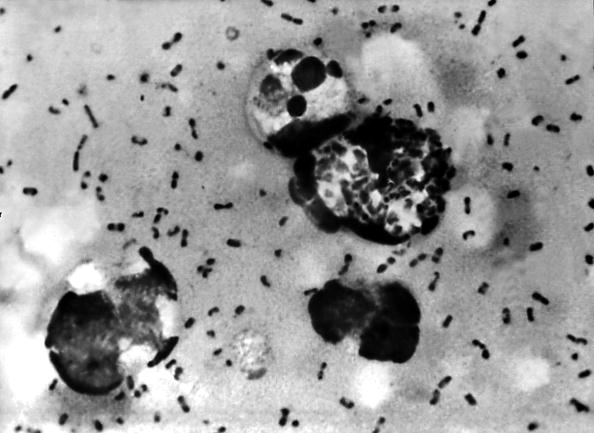
The plague has killed a second person in Colorado this year. An adult in Pueblo County died of the disease a few weeks after a teenager died of it. Both cases were likely caught from by fleas that picked the bacterium a dead animal.
Cases of the plague are rare in the United States, and deaths are even rarer. Plague is found in rodents and insects in the southwestern and western United States, with an average of 7 people who contract the disease diagnosed in humans every year, according to the Centers for Disease Control and Prevention. However, Colorado alone had eight cases of plague last year.
In June, a 16-year-old from Larimer County died of septicemic plague that was not diagnosed until after his death. Septicemic plague is a relatively rare form that is difficult to diagnose because it is not accompanied by the tell-tale swelling of the lymph nodes that are common in most plague cases.
The case in Pueblo County is also believed to have been septicemic plague.
The plague bacteria, Yersinia pestis, usually infects the lymphatic system and causes lymph nodes to swell up enormously and turn black. These swellings are called boboes, which gives bubonic plague its name. If the lungs become infected, the disease becomes the highly contagious pneumonic plague that is spread by coughs. Several types of antibiotics are effective at treating plague.
Plague has stalked humanity periodically since Roman times. The first epidemic of bubonic plague spread through the Byzantine Empire of Eastern Europe and the Middle East around 541 AD. It killed up to 50 million people over the next two hundred years. The epidemic known as the Black Death started in China and Asia and was spread by rats and fleas along trade routes to devastate Europe in the 1300s, with occasional outbreaks after that. The last large outbreak of plague occurred in the mid-1800s in China and India.
